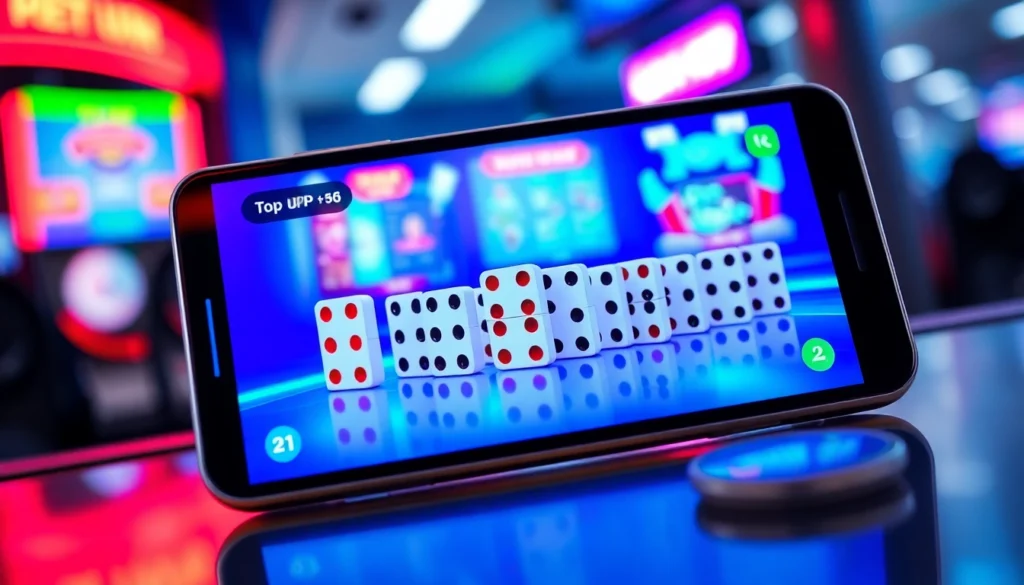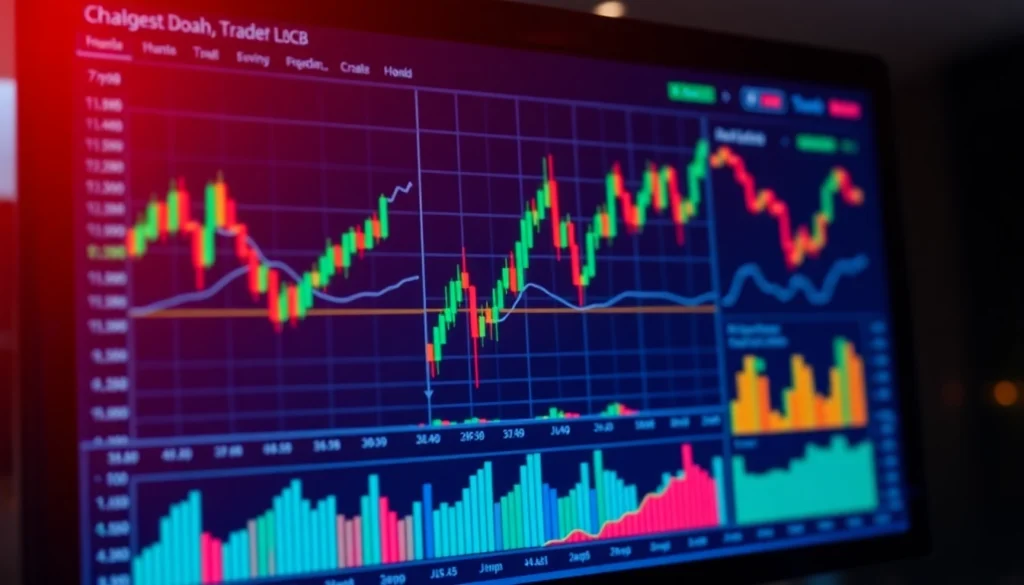Introduction to the DILF Term: Definition and Origins
The term dilf is a colloquial acronym that stands for “Dad/Daddy I’d Like to Fuck.” It is used primarily to describe an older, mature man who exudes attractiveness and sexual appeal. Unlike its counterpart MILF, which emphasizes maternal allure, DILF centers on the masculinity, confidence, and physical appeal of a man who often appears to be a father figure, though this is not always a requisite. The phrase gained popularity in the early 2000s, coinciding with the rise of internet culture and the proliferation of memes that celebrate attractiveness across age groups. The term itself is a playful, sometimes humorous way of acknowledging the appeal of older men—those in their 30s, 40s, or even beyond—who radiate confidence, style, and charisma that make them highly desirable.
Origins of the term can be traced back to the cultural phenomenon of the MILF, which became widely recognized after the release of the 1999 film American Pie. As the term MILF entered popular vernacular, fans and internet communities naturally sought a counterpart to describe attractive older men. The phrase DILF appeared shortly after, initially as a humorous or tongue-in-cheek compliment. Over time, it has evolved from a casual joke into a broader cultural symbol, often used both humorously and sincerely to compliment men who embody the qualities associated with the term.
Cultural Significance of DILF in Modern Society
The dilf has transcended its origins as a slang term and entered mainstream culture, reflecting changing societal attitudes toward age, attractiveness, and masculinity. In contemporary society, the image of the DILF often symbolizes a confident, successful, and physically appealing older man. This perception challenges traditional stereotypes that equate youthfulness solely with attractiveness. Instead, it embraces maturity, experience, and a certain rugged charisma that many find alluring.
In addition, the DILF embodies a broader cultural shift towards celebrating diversity in attractiveness and age. As beauty standards evolve, society increasingly recognizes that attractiveness is not confined to the young. The DILF archetype often represents the ideal of the “silver fox” or the “distinguished gentleman,” embodying qualities such as wisdom, stability, and strength. This shift has been reinforced by social media platforms, where images and videos of attractive older men garner large audiences, further normalizing and popularizing the DILF image.
DILF in Popular Media: Films, TV Shows, and Video Games
American Pie Presents: The Book of Love
One of the earliest and most notable pop culture references to a DILF appeared in the American Pie franchise, specifically in the 2009 release American Pie Presents: The Book of Love. This movie, which is part of the larger American Pie universe that originally popularized the MILF term, introduces a character who is identified as a DILF—Rob’s father. The character’s portrayal taps into the stereotypical qualities associated with DILFs: maturity, attractiveness, and a certain rugged charm. The film humorously explores themes of sexuality and attraction across different age groups, contributing to the normalization of the DILF concept in mainstream comedy.
Riverdale’s Fred Andrews
Another significant cultural example is Fred Andrews, a character from the popular Netflix series Riverdale, which started in 2017. Fred Andrews, portrayed by actor Luke Perry, is often regarded by fans as a quintessential DILF due to his rugged looks, fatherly demeanor, and protective personality. The character’s portrayal emphasizes traditional masculine qualities—strength, reliability, and a sense of stability—which resonate with the DILF archetype. This depiction has helped solidify the DILF image within contemporary television, portraying it as both attractive and trustworthy.
Baldur’s Gate: Daddy Halsin
In the realm of video games, the character Daddy Halsin from the popular role-playing game Baldur’s Gate III has garnered attention as a DILF figure. Known for his protective, strong, and nurturing personality, Halsin’s appearance and demeanor have led fans to affectionately call him “Daddy Halsin.” The character’s design emphasizes mature masculinity, with a commanding presence and a rugged, attractive look. This has sparked a trend among gamers and fans who appreciate the blend of strength and tenderness, further illustrating how the DILF archetype has permeated various facets of entertainment media.
Internet Culture and Social Media: DILFs of Disneyland and Reddit Communities
DILFs of Disneyland
One of the most visible manifestations of DILF culture on the internet is the Instagram account DILFs of Disneyland. With over 300,000 followers, this account curates photos of attractive, older men spending quality family time at Disneyland. The account celebrates the appeal of mature men who exude charm and confidence, often captured in candid moments with their families. This portrayal challenges stereotypes that associate attractiveness solely with youth, emphasizing that DILFs can be both family-oriented and highly appealing. It also highlights how social media has democratized the appreciation of attractiveness, allowing fans to celebrate DILFs from all walks of life and age groups.
r/DILFs on Reddit
The subreddit community r/DILFs has become a hub for fans and admirers to share photos, memes, and discussions about DILFs. With nearly 100,000 members, this NSFW community emphasizes appreciation, humor, and admiration for older, attractive men. The community often features user-submitted images and discussions about celebrity DILFs, personal experiences, and cultural perceptions. It exemplifies how internet culture embraces and normalizes the DILF archetype, fostering a space where appreciation of mature masculinity is celebrated openly.
The Evolution of the DILF Image: From Humor to Admiration
Initially, the dilf was primarily a humorous or playful term, often used in memes or jokes to describe attractive older men. Over time, however, societal attitudes have shifted to view the archetype with genuine admiration. This evolution reflects broader cultural changes that embrace maturity and masculinity beyond youth-centric ideals.
Today, the DILF is often seen as a symbol of confidence, success, and attractiveness in middle age and beyond. Media portrayals have helped reshape perceptions, emphasizing that attractiveness is multifaceted and not confined to a specific age. The rise of social media influencers and celebrity DILFs has further propelled this image into mainstream consciousness, fostering a culture where older men are celebrated for their appeal and charisma rather than dismissed or stereotyped.
The Impact of DILF on Pornographic and Mainstream Culture
The term dilf has also been widely adopted in adult entertainment, where it functions as a popular tag for search and categorization. The adult industry has long recognized that attractiveness transcends age, and DILF-themed content caters to audiences seeking mature, masculine, and desirable older men. This has contributed to the normalization of the archetype in mainstream culture, where adult content and pop culture intersect.
Furthermore, the DILF archetype influences mainstream media narratives, with many films, TV shows, and advertisements featuring attractive older men to appeal to a broader audience. Such representations challenge ageist stereotypes and promote the idea that attractiveness and desirability are ongoing qualities that can flourish well into middle age and beyond.
Conclusion: The Future of DILF Popularity and Cultural Perception / The Rise of the DILF Phenomenon: Exploring Culture, Media, and Internet Trends
Looking ahead, the dilf phenomenon is poised to grow even more prominent as society continues to embrace diverse representations of attractiveness. With shifting beauty standards, increased representation of mature men in media, and the democratization of content creation through social media, the archetype of the DILF will likely become more normalized and celebrated.
As cultural perceptions evolve, the DILF will remain a symbol of confidence, masculinity, and attractiveness that challenges traditional stereotypes. From pop culture to internet communities, the appreciation for mature, attractive men is likely to continue expanding, fostering a more inclusive and positive view of aging and masculinity.
In conclusion, the rise of the dilf phenomenon exemplifies how culture, media, and internet trends intertwine to shape perceptions of attractiveness across age groups. This ongoing evolution reflects a broader societal acceptance and celebration of diversity in beauty, strength, and charisma—qualities that often only deepen with age.




